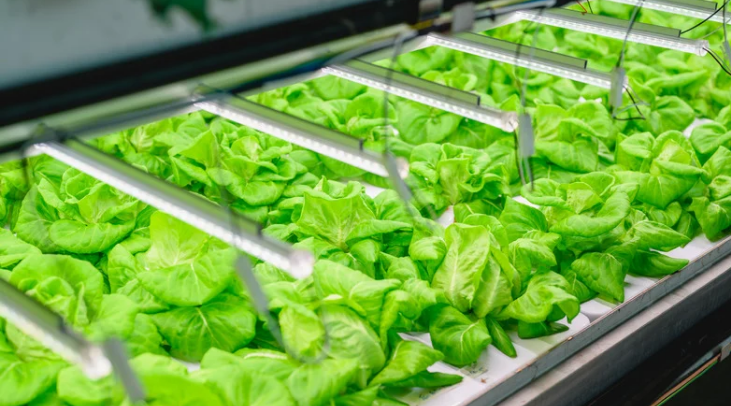Hydroponics, a soil-free farming method, has proven to be a ray of hope in modern agriculture, offering innovative solutions to food production challenges. Hydroponics is changing the way food is grown because it maximizes space, conserves water, and produces high-quality crops. This blog explores the evolution of hydroponics from small home gardens to vast commercial farms, highlighting its potential to reshape agriculture.
The Rise of Hydroponics
Hydroponics began as a niche technology but have now become a common agricultural practice. Their popularity stems from their ability to overcome key challenges, such as:
- Limited farmland: Hydroponics allows cultivation in urban areas, deserts, and other areas that are not suitable for traditional agriculture.
- Water Scarcity: Hydroponics uses up to 90% less water than soil-based agriculture, making it ideal for areas with limited water resources.
- Sustainability: By minimizing the use and need for transportation of pesticides, hydroponics contributes to protecting the environment.
Hydroponics in the Home Garden
More and more hobbyist gardeners are turning to hydroponics because it is simple and efficient. The main advantages are:
1. Space Efficiency: Systems like vertical hydroponics allow you to grow fresh produce in a small apartment.
2. Year-round harvest: A controlled environment allows for a continuous harvest regardless of the season.
3. Fresh, organic food: home hydroponic systems ensure pesticide-free vegetables and herbs are on hand.
Popular systems such as deep water culture, nutrient film technology (NFT) and moisture absorption systems make hydroponic growing accessible to home gardeners and require minimal maintenance and expertise.
Commercial Hydroponic Farms:
Growing Trends Commercial scaling of hydroponics has revolutionized food production. Modern farms use technology and precision agriculture to grow crops at scale.
Commercial Hydroponic Features:
- Automation Systems: Advanced sensors and IoT technology monitor and optimize nutrient levels, pH, and light.
- High Yields: Vertical farming in hydroponic systems maximizes yields in limited space.
- Reduced Supply Chain Costs: Urban hydroponic farms bring fresh produce closer to consumers, reducing transportation costs and carbon footprint.
Challenges in Scaling Hydroponics
While the benefits of hydroponics are clear, scaling the technology comes with challenges:
1. Initial Investment: Setting up a commercial hydroponic system requires a large investment.
2. Energy Consumption: Reliance on artificial lighting and air conditioning can increase operating costs.
3. Technical Expertise: Operating a hydroponic farm requires knowledge of plant biology and system mechanics.
The Future of Hydroponics
The future of hydroponics lies in its integration with cutting edge technologies such as:
- Renewable Energy: Solar and wind energy can offset energy costs and make hydroponics more sustainable.
- AI and Machine Learning: Intelligent systems can predict and prevent plant diseases, optimize growing conditions and reduce waste.
- Global Collaboration: Governments and private companies need to work together to develop infrastructure and training programs for hydroponics.
Empowering Farmers Through Hydroponics
In a country like India where agriculture is the backbone of the economy, hydroponics can empower farmers in the following ways:
- Diversify your income sources.
- Reduces your dependency on unpredictable weather conditions.
- High quality, exportable products increase access to international markets.
Hydroponics is not just an agricultural technique, it is a movement towards sustainable, efficient and innovative agriculture. Scaling hydroponics from home gardens to commercial farms can help address food security challenges, reduce environmental impact and pave the way for a greener future.
Are you ready to embrace the hydroponics revolution? Start small, dream big and grow sustainably.

